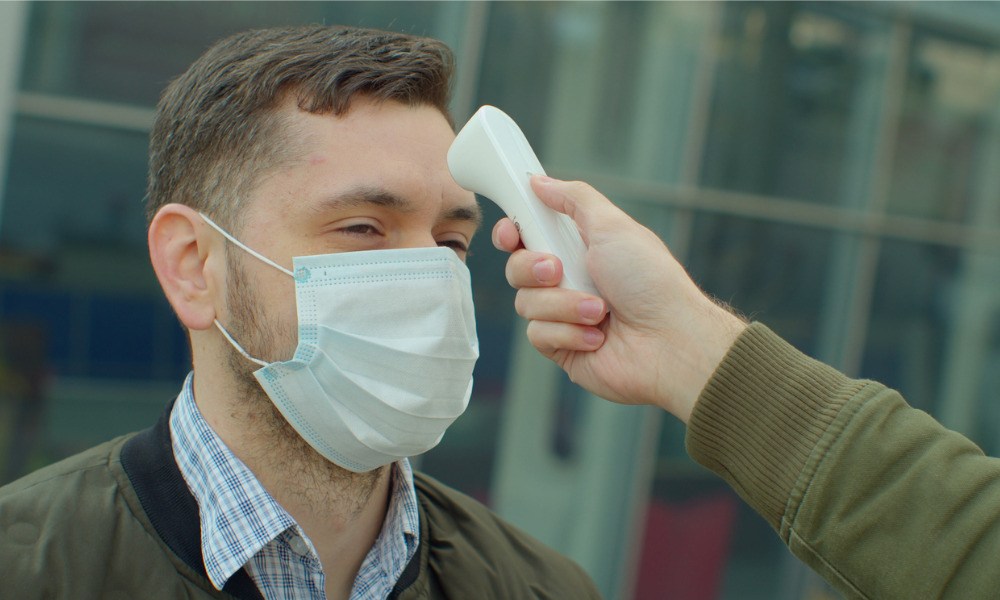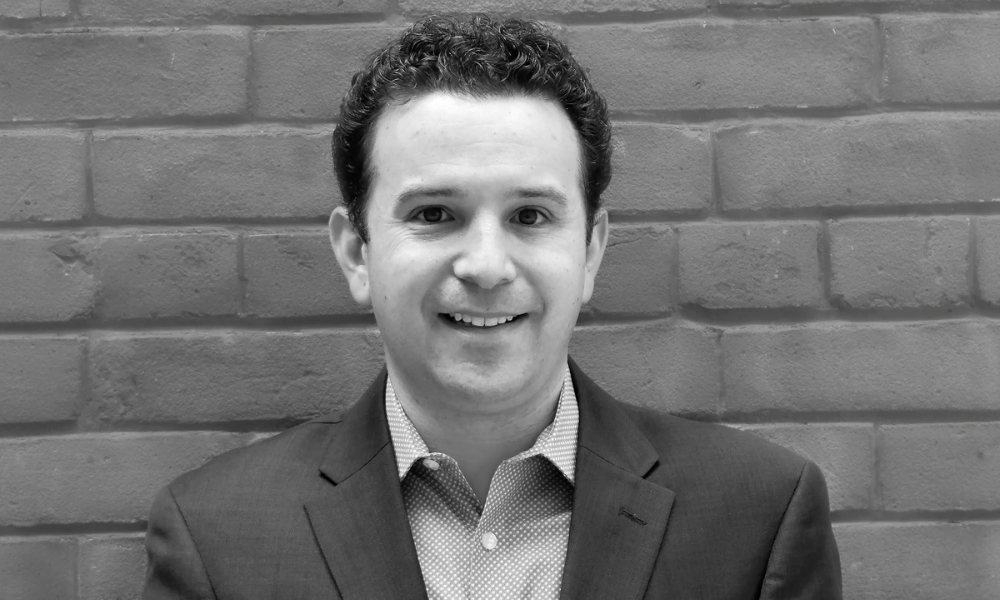6 key questions about safety with return to work

With more organizations opening back up across Ontario, employers will have to contemplate many layout changes before brining workers back.
Canadian HR Reporter spoke with Sari Springer, office managing partner at Littler Mendelson in Toronto, to explore several safety considerations.
Q: What testing protocols should be in place for the return to work?
A: “Employers have the right to insist on taking the employee’s temperature, whether they have symptoms or not, as they enter the workplace or, better yet, outside the workplace, because COVID-19 is so contagious and one of the symptoms is an elevated fever.
“Employers should do it in the most respectful and dignified way: A lot of companies are setting up private booths, they’re using the least-intrusive types of thermometers [such as] ones that take the employee’s temperature by a scan of the forehead.
Q: Are there privacy concerns in temperature testing?
A: “Typically… an employer would not be permitted to take the temperature of an employee at or before work, because it would be precluded under the Human Rights Commission’s policies as potentially discriminating against someone on the basis of disability or it might be precluded by the employee’s privacy rights. [Employers must also] keep all of the information in strict confidence.
“However, in this unique world, the overriding concern is the health and safety of the employee and the employees who work around or near them. It really is industry-specific, but the basic principle at play is balancing the employer’s obligation to keep a healthy and safe workplace under the occupational health and safety legislation in the province, versus an employee’s right to privacy and employees’ right not to be discriminated against on the basis of disability.
“Even the [Ontario] Human Rights Commission and the respective privacy commissioners have said that that it would not necessarily be a breach of an employee’s right to privacy for an employer to take their tests if they had reasonable concern to do so. And to take that one step further, obviously, when someone has an elevated temperature and there’s a risk of COVID, that would likely be considered a reasonable basis upon which you can take an employee’s temperature.”
Q: Should workers be required to wear a mask?
A: “There’s no provincial or federal requirements that employees must wear a mask but back to the occupational health and safety obligations of the employer… if the employer policy says that employees have to wear masks to protect themselves and others, then it’d be difficult for the employee to say, ‘No, I refuse.’
“A lot of it is about the employer preparing policies that relate to all employees; they don’t differentiate or discriminate against groups of employees, and that the policies that they are implementing are reasonable and purposeful.”
Q: Are the provincial guidelines considered as law in this matter?
A: “They are not a law, per se, but they are very useful and it’s well worth it for employers to take a look at because they likely will have measures in place that the employer may not have contemplated, so why not?
“Also because, God forbid people get sick, if the employer has followed the guidelines, they’ll be much better served in having to defend the possible claim against them if they can say that they have followed the guidelines that were placed at the time.
“These things change virtually by the hour, so what we’re looking at now is very different than what we looked at a month or so ago but yes, I think very it’s important for employers to do what the provincial government is recommending.”
Q: How should employers handle people who don’t feel safe returning to the job site?
A: “It’s going to have to be on a case-by-case, site-by-site analysis, both from the employer and the employee’s perspective. There may be a whole host of players that may still say that when the provincial government lifts the emergency declaration order, they are still not yet comfortable with employees working on site; remote work is actually working well enough that they would rather continue to have the employees work remotely and take a wait-and-see approach.”
Q: How should the physical workplace change?
A: “We see all kinds of changes to the workplace. For example, staggered start times so that people won’t all be working or showing up at the same time; much more distance at the workplace so that every other cubicle is unoccupied so people at these stations aren’t sitting next to each other. Perhaps a revolving work-from-home scenario where we have a segment of the workforce working remotely, no meetings in the boardroom; all meetings are virtual, people are not using the communal spaces like the kitchen, the pantries.
“A very different, unfortunately much less social, type of environment.
“There haven’t been mandates [about distancing workers] although Ontario has released guidelines for various sectors, whether it’s food preparation or manufacturing.
“I’d much rather err on the side of being overly cautious, overly safe, and also I would say stay six feet apart, use Plexiglas, have continual cleaning, enhancements to the HVAC system, disinfecting, obviously; [and] do a full professional cleaning of the site.”
Meanwhile, do laid-off workers have to come back to the same job? And what are the rules around vacations, were also key topics we explored recently.




